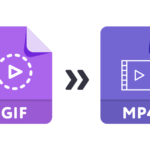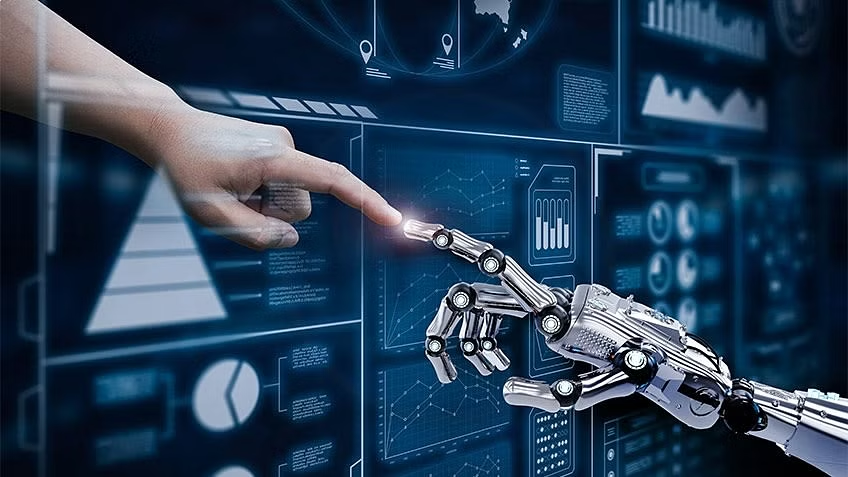The cost estimation of a project is important for a contractor and construction companies to be profitable and competitive in bidding for contracts. However, it is important to note that developing estimates manually can also be very tiring, and time-consuming, and may lead to the making wrong estimates due to human influence. This is where new technologies like machine learning can help. It is worth recognizing that estimators are already starting to incorporate machine learning into the process of boosting cost accuracy and making the estimating process more efficient.
Estimating is One of the Most Crucial Processes In Construction
Estimating has always been the process where estimators go through project documents such as architectural and engineering plans and come up with quantities of materials, equipment, and labor required in the project. Usually, an Electrical Cost Estimator would have to sum all fixtures, wiring conduits, panels, and devices called for in electrical plans. Then they would manually calculate the total material cost by using the quotes obtained recently and also the previous records. After that, they would assess the amount of money required for labor, by referring to manhour tables and productivity rates.
The main disadvantage of this traditional manual approach to constructing cost estimates is as follows: First of all, just identifying the thousands of items in a large set of construction plans can consume several days or weeks of the estimator’s time. Second, it is unlikely for an estimator to follow changes in each material and labor cost factor; therefore, quotes tend to be off. If the estimates are too high, contractors lose competitiveness in the bid. If estimates are low, then the cost to complete the project is high hence affecting the profit earned.
How Machine Learning Improves Estimating
To counteract the shortcomings of manual estimating, today’s top construction estimators somehow incorporate machining learning functionality into their estimating workflows. Artificial intelligence can be classified into two categories: machine learning is a technique that allows an algorithm to learn from data and make predictions based on the available data without being programmed to give particular outputs. There are two
main applications of machine learning for estimating:
1. Automated Takeoff and Quantification
Sophisticated algorithms of computer vision applied to Electrical Takeoff Services can then determine materials and items from the plans within a much shorter time than human estimators. This relieves estimators from monotonous counting activities so that they can engage in more important tasks. Machine learning algorithms are developed to become smarter in the long run as they continue to learn from more plans incorporated into different projects.
2. Cost Prediction
Cost estimates can be derived from the learning models developed from actual historical data of the projects that have been completed in the past. As large amounts of past cost data are fed into the system, the algorithms can identify patterns and develop the ability to predict total project costs as well as the costs of individual items as other estimates are being made. They improve their accuracy the more data is fed into them in the long run.
Once the estimators enter the quantities of items that have been used in the plan, the machine learning model provides the predicted costs for each item and the overall cost. This has done away with many of the searches for unit cost items from the vendors and guessing of total installation costs using manhour tables. Some Electrical Estimating Services also provide the capability for the estimator to make micro-adjustments to the cost predictions offered by the system.
Advantages of using Machine Learning when Estimating
When deployed properly, machine learning delivers immense time savings and cost predictability benefits.
- Enables quantification of such estimates from plans hence saving several weeks of estimating time per project.
- Refines cost estimate accuracy by sifting through large amounts of historical data that any human analyst would struggle to comprehend.
- Helps estimators complete their tasks in less time and provides them with more time to work on other projects.
- Enables estimators to minimize future variance by identifying those prior estimates that stood out as relatively high or low in comparison to the final costs.
- Helps smaller contractor firms level the playing field by providing high-tech estimating solutions that previously were only affordable to large firms.
Machine Learning Adoption Outlook
The application of machine learning for estimating holds a lot of potential but it is still at a nascent stage. The construction industry is very traditional, so the adoption of new technologies is gradual and takes time to be incorporated into the industry. However, as the machine learning solutions get tested on real projects over time, more estimating teams identify the benefit that can be accrued from the use of AI by their competitors and are equally embracing it.
Market research has revealed that more than 50 percent of estimators believe that their company will employ some form of machine learning within the next five years. The implication is that machine learning will never eliminate human estimators but supplement their work and enable them to focus on more complex judgments. Roles will shift from simplistic counting to developing/maintaining estimating workflow, creating estimating models, monitoring model output quality, and comparing results against prior experience. Organizations that can adapt to this change will be better placed to outcompete their rivals.
Conclusion
In conclusion, the adoption of machine learning for estimating in construction is relatively nascent but growing at an exponential rate due to the enhancement of technology. Electrical Cost Estimators, Takeoff Service Bureaus and Electrical Estimating Service providers have already incorporated AI in the calculation, cost estimation, minimizing mistakes, cutting time, and consequently securing more business for their contractors. Businesses today are left with a decision of whether to begin experimenting with these technologies or whether they want to be left behind in terms of productivity as machine learning continues to become increasingly integrated with the estimation of work. Expert estimators will be complemented by AI to an ever greater extent because managing cost estimates through more data and powerful algorithms delivers a steady competitive edge.
Keep an eye for more news & updates on Raivan!










